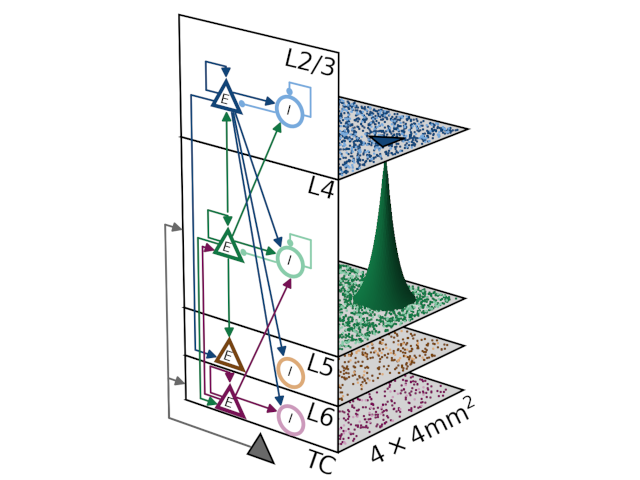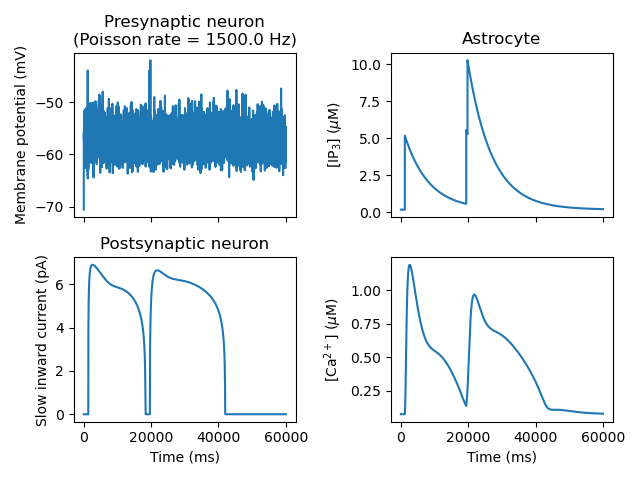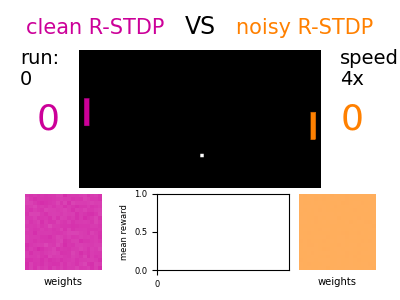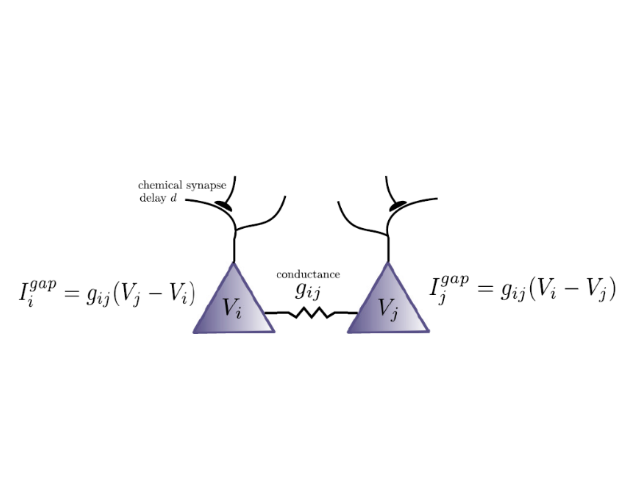Welcome to the NEST Simulator documentation¶
NEST is used in computational neuroscience to model and study behavior of large networks of neurons.
The models describe single neuron and synapse behavior and their connections. Different mechanisms of plasticity can be used to investigate artificial learning and help to shed light on the fundamental principles of how the brain works.
NEST offers convenient and efficient commands to define and connect large networks, ranging from algorithmically determined connections to data-driven connectivity. Create connections between neurons using numerous synapse models from STDP to gap junctions.
How NEST works - Conceptual approach
This diagram provides an overview of the components essential for building and simulating a network model with NEST: The input from stimulation devices, neuron and synapse models, and connectivity rules. You can choose what data to record with the recording device. After simulation, the output is ready for analysis with external tools.
NEST offers a comprehensive set of predefined components, including over a 100 neuron models and synapse models, a variety of connection rules, stimulation devices, and recording devices. Plus, NEST is flexible, allowing you to implement your own custom models and extend NEST’s functionalities using NESTML and the NEST extension module, respectively. Check out our wide-ranging list of network model examples.




